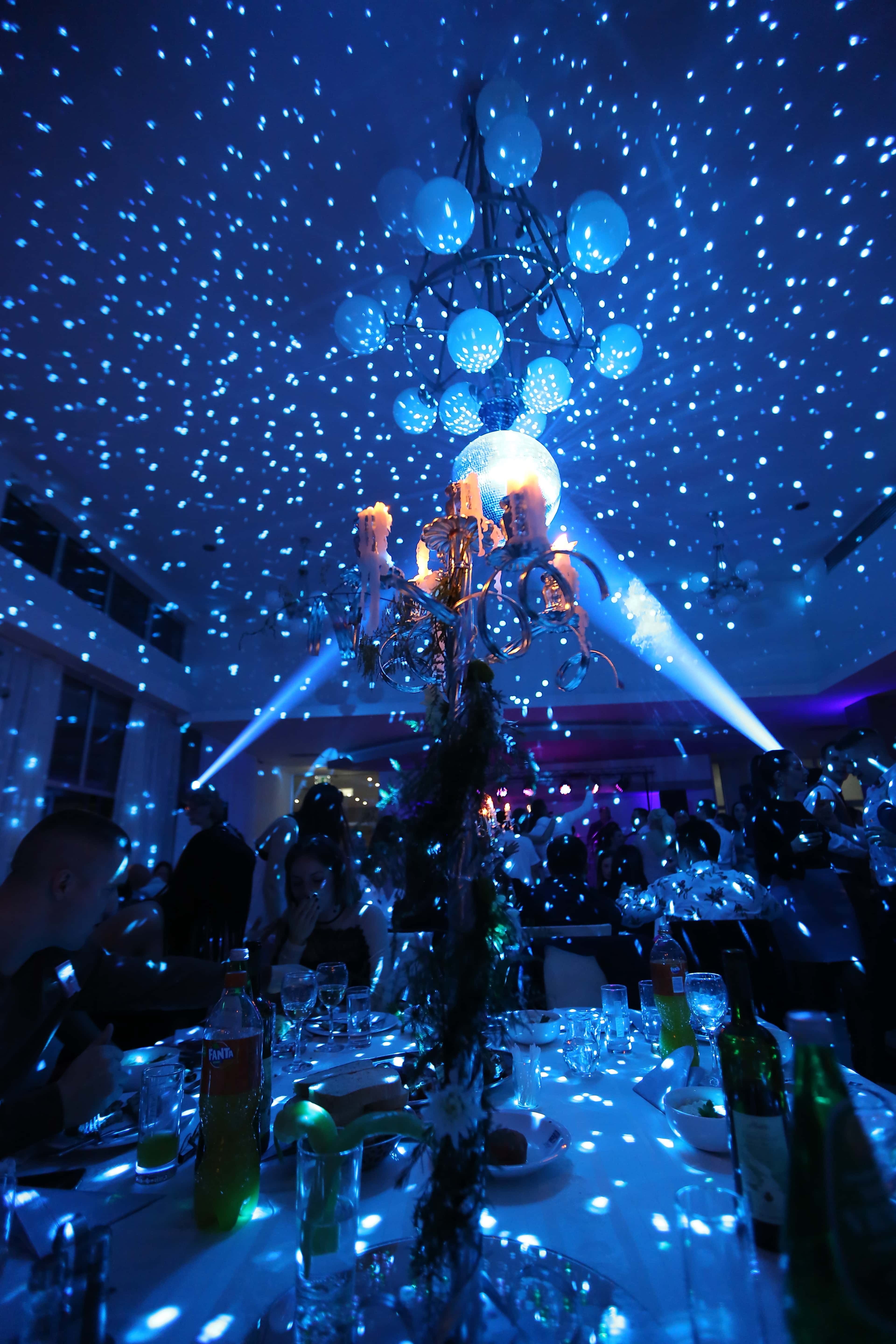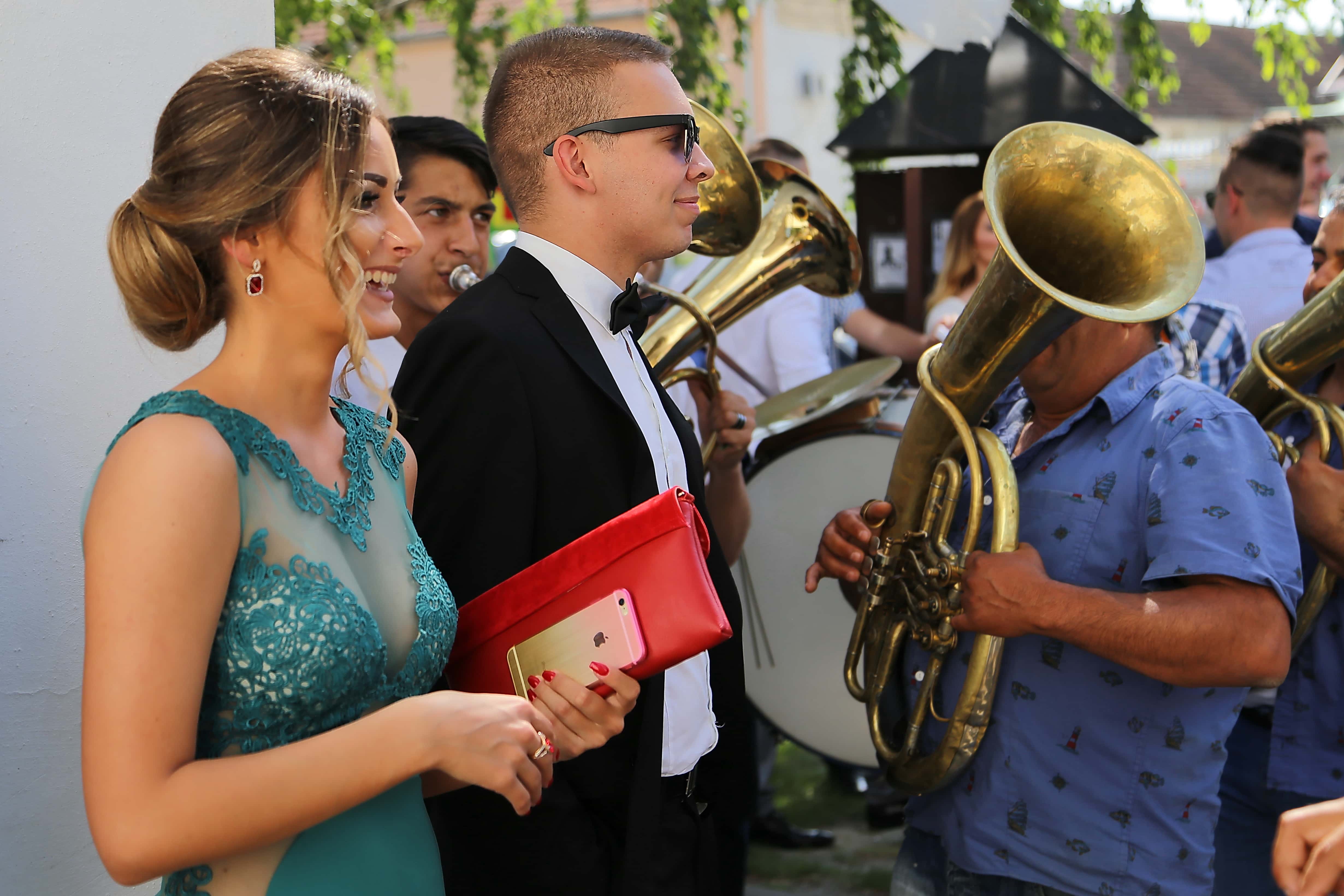Wine Tasting
페이지 정보

본문
Wine Tasting
What are the 5 suggestions for wine tasting?
Wine tasting is a pleasant experience that involves engaging your senses to appreciate the assorted traits of different wines. Here are five important suggestions for an enjoyable wine tasting:
- Observe the Appearance:
- Examine the color and readability of the wine.
- Note any variations in hue, which may indicate age or grape variety.
- Swirl and Savor:
- Gently swirl the wine in your glass to launch its aromas.
- Take a second to appreciate the scent before tasting.
- Taste Mindfully:
- Take a small sip and let it linger in your mouth.
- Identify different flavors by contemplating sweetness, acidity, and tannin levels.
- Pairing Considerations:
- Think about meals pairings that enhance the wine’s profile.
- Experiment with completely different mixtures to find distinctive flavors.
- Take Notes:
- Keep a tasting journal to report your thoughts on each wine.
- Note the characteristics you appreciated or disliked for future references.
Enjoy the method, and keep in mind that apply will enhance your tasting skills over time!

What's the process of serving and tasting wine?
Serving and tasting wine is an art that enhances the overall expertise. Here’s a comprehensive guide to effectively serve and taste wine:
Serving Wine
1. Choose the Right Glass: Use appropriate glassware for several varieties of wine. For example, pink wines are best served in bigger, spherical glasses to allow for aeration, whereas white wines benefit from narrower glasses to keep them chilled.
2. Temperature Matters: Serve wine on the appropriate temperature. Red wines are typically greatest served barely beneath room temperature (around 60-65°F or 15-18°C), while white wines and rosés should be served chilled (around 45-55°F or 7-13°C).
3. Pouring Technique: Hold the bottle at the base and pour into the glass, filling it to about one-third full. This permits for space to swirl the wine and launch its aromas.
Tasting Wine
1. Observe the Wine: Start by examining the colour and readability. Tilt the glass in opposition to a white background to see the wine’s hue, opacity, and any sediment that may be current.
2. Swirl the Wine: Gently swirl the wine within the glass to aerate it. This motion helps release the wine's aromas and allows you to recognize its bouquet.
3. Smell the Wine: Bring the glass to your nose and take a deep inhale. Try to identify totally different aromas, as they can give you an perception into the wine's profile and complexity.
4. Taste the Wine: Take a small sip and let it roll over your palate. Pay attention to the flavors, acidity, 하이오피 tannins, and overall steadiness. Consider the end, or aftertaste, which can additionally reveal necessary traits of the wine.
By following these steps, you probably can enjoy a extra enriching wine tasting experience that highlights the unique characteristics of every bottle.
What is a wine tasting particular person called?
A one that makes a speciality of wine tasting is usually referred to as a sommelier. This time period originates from French however has turn out to be broadly accepted in numerous languages.
Roles of a Sommelier
- Expert in wine selection and pairing with meals.
- Provides perception into totally different wine varieties and regions.
- Conducts wine tastings and educates shoppers.
In addition to sommeliers, there are other people who may take part in wine tasting, such as:
- Enologist: A skilled who studies wines and their production.
- Wine Critic: Someone who tastes and reviews wines for publications.
- Wine Enthusiast: A basic time period for anyone passionate about tasting and having fun with wine.

- 이전글The Main Issue With Virtual Mystery Boxes, And How To Fix It 25.01.18
- 다음글Make the most of Chat Gpt Issues - Learn These 10 Suggestions 25.01.18
댓글목록
등록된 댓글이 없습니다.